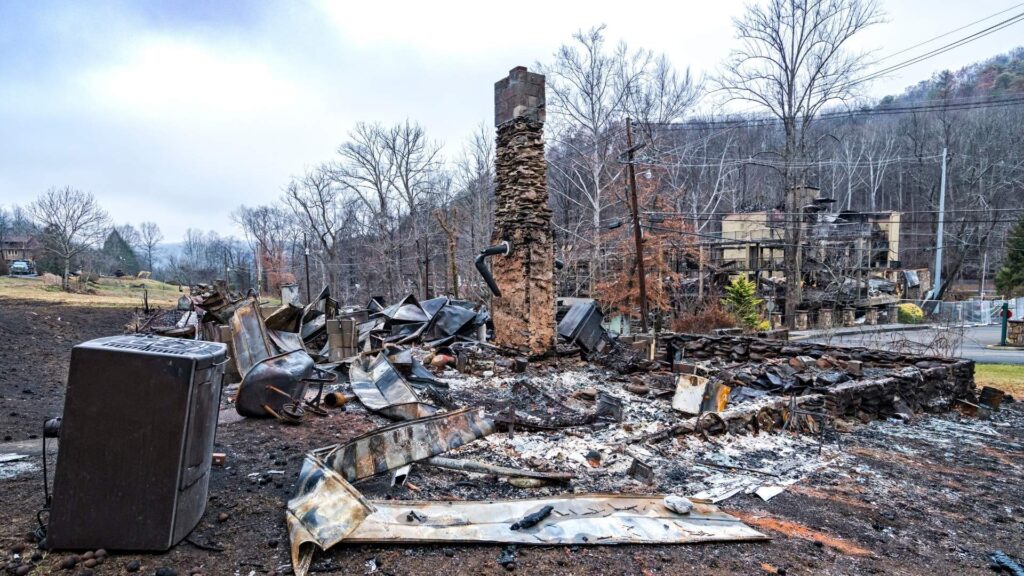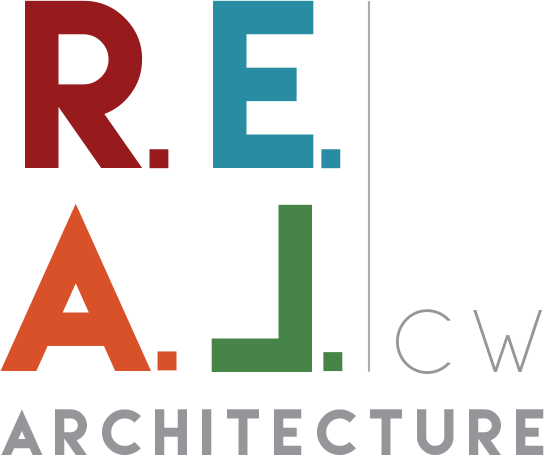Rebuild Smarter After a Wildfire
9 Essential Tips to Rebuild Smarter and Safer After Wildfires
Hey, Los Angeles!
Wildfires may have shaken us, but we’re not going anywhere.
I’m Crystal, I’m your friendly neighborhood architect.
Whether you’re assessing damage, planning to rebuild, or just staying prepared for the future, this is for you.
Let’s dive in!
Tip #1: Assess, Document, and Call for Help (Insurance)
First things first—don’t rush to go back inside your home.
Authorities will let you know when it’s safe to return.
Once you’re clear to go back, here’s your job: document everything.
Take photos and videos of every damaged area, from your kitchen cabinets to that singed backyard swing set.
Why?
Because your insurance company needs proof to process your claim.
And speaking of insurance, call them as soon as possible.
Be ready with a list of damages and ask what temporary repairs you’re authorized to make.
Think of yourself as an investigative journalist—only the story is your house.

Tip #2: Protect Yourself and Breathe Clean Air
Even after the flames are out, wildfire ash and toxins linger.
Don’t let them turn your lungs into a dustbin!
Grab some N95 masks—none of those flimsy cloth ones we used for COVID—and some heavy-duty gloves.
Inside your home, invest in HEPA air purifiers to clean out the air.
For HVAC systems, change the filters immediately.
Your house should smell like a home, not a bonfire gone wrong!
Tip #3: Rebuild with Fire-Resistant Materials
When it’s time to rebuild, don’t just think about how it looks—think about how it lasts.
Fire-resistant materials are your secret weapon to keep your home standing strong, even in wildfire-prone areas.
For exterior walls, consider switching to fiber cement, stucco, or metal siding—all of these materials are non-combustible and incredibly durable.
They might cost a bit more upfront, but they’ll save you heartache and money in the long run.
Also, although sometimes it’s not required by code, make all of your exterior walls 1 hour fire rated meaning it’ll take one hour to burn through the walls.
The construction method is not so different than non rated walls and it’s well worth the money during a fire!
And don’t skimp on the roof!
A Class A fire-rated roof is a must.
Metal, clay tile, or asphalt shingles are excellent options—they resist heat and embers better than traditional wood shakes.
Inside, also consider upgrading to one-hour fire-rated walls surrounding the rooms that house important things.
These are built with materials like Type X drywall that can hold off a fire for 60 minutes, giving you and first responders valuable time.
Finally, rethink your deck and patio.
Swap out flammable wood for composite materials, concrete, or stone.
Not only are these fire-resistant, but they also last longer and need less maintenance.
We will dive deeper in a future video on some more tips for rebuilding.

Tip #4: Design for Defensible Space
Fire doesn’t just attack your house—it uses your landscaping as a launchpad.
This is where defensible space comes in.
Within 30 feet of your home, keep it lean, clean, and green.
That means no wood mulch, no overgrown shrubs, and definitely no eucalyptus trees—they’re like fire’s bestie.
Instead, plant succulents, lavender, or native fire-resistant plants.
And don’t forget to regularly clear gutters and roofs of debris.
It’s like spring cleaning, but with survival in mind.
We will go deeper around defensible space in a future video.
Tip #5: Plan for Water Storage and Emergency Power
Water is your ally during a fire emergency, so why not store some?
Install a rainwater harvesting system with tanks that can hold at least 500 gallons.
This water can be used for fire suppression or irrigation.
Speaking of emergencies, don’t overlook power.
A solar backup system paired with a battery like Tesla Powerwall can keep your home running when wildfires knock out electricity.
Tip #6: Retrofit for Resilience
Retrofitting your home for wildfire resilience might sound like a big task, but it’s actually a series of small upgrades that add up to massive protection.
It’s all about fortifying the weak points of your home to keep embers and flames out.
Start with your vents, the sneaky entry points for embers.
Replace standard vents with ember-resistant ones that have fine mesh openings no larger than 1/8 of an inch.
For even better protection, install vent covers that close automatically in a fire.
Think of these as shields for your home’s most vulnerable spots.
Windows are another weak link.
Upgrade to dual-pane tempered glass, which resists heat and is far less likely to shatter under fire exposure.
If a full replacement isn’t in the budget, you can apply fire-resistant window films as a temporary layer of protection.
Bonus—they also block UV rays!
Tiny gaps around doors, windows, and utility openings can let embers in, so seal them up with fire-resistant caulk or weather stripping.
This simple fix protects your home while keeping it energy efficient.
Your roof is one of the most vulnerable parts of your home.
A Class A fire-rated roof—made from materials like metal, tile, or asphalt shingles—provides the highest level of protection.
And don’t forget to clean your roof and gutters regularly.
Dry leaves are basically kindling for embers.
Tip #7: Work with Local Experts
You don’t have to go it alone.
Partner with architects, contractors, and landscape designers who specialize in fire-resilient design.
Many local professionals understand the specific challenges of building in wildfire-prone areas.
Bonus tip: Look into grants or government programs that offer funding for fire-hardening upgrades.
Who doesn’t want some free money right?
Tip #8: Build an Emergency Resource Kit
Let’s be real—emergencies don’t wait for you to Google ‘what to do.’
Build a resource kit now. Here’s what to include:
- A few days worth of clothes including undies
- N95 masks and gloves
- Flashlight with extra batteries
- Bottled water (1 gallon per person per day)
- Non-perishable food
- Fire extinguisher
- First aid kit
- Important documents in a waterproof bag
(birth certificate, passport, home insurance docs, social security card, house title, wills, backup ID) - Portable phone chargers
- Cash (ATMs might not work!)
Keep this kit by the door or in your car so you’re ready for anything.

Tip #9: Add Healthy Design to Your New Home
Rebuilding after a fire is tough, but it’s also a chance to create a home that nurtures your well-being.
Here’s how: add large windows for natural light, air purification systems for better indoor air quality, and biophilic elements like indoor plants and natural materials.
You can even incorporate sustainable tech like solar panels and energy-efficient appliances.
This isn’t just about bouncing back—it’s about thriving in a space that feels good for your soul and the planet.
In conclusion…
Wildfires are devastating, but rebuilding doesn’t have to be.
By combining smart design, resilient materials, and a little planning, we can create safer, healthier homes for ourselves and our community.
Together, LA, we’ve got this!
Los Angeles Mayor Karen Bass recently signed an executive order to fast-track permits and support wildfire victims in rebuilding safer, faster, and smarter — read the full breakdown here.
For official resources, updates, and guidance on rebuilding after wildfires in California, visit the California Wildfire Recovery site maintained by Cal OES.
Stay safe, rebuild smarter, and follow for more tips on sustainable, healthful design!
